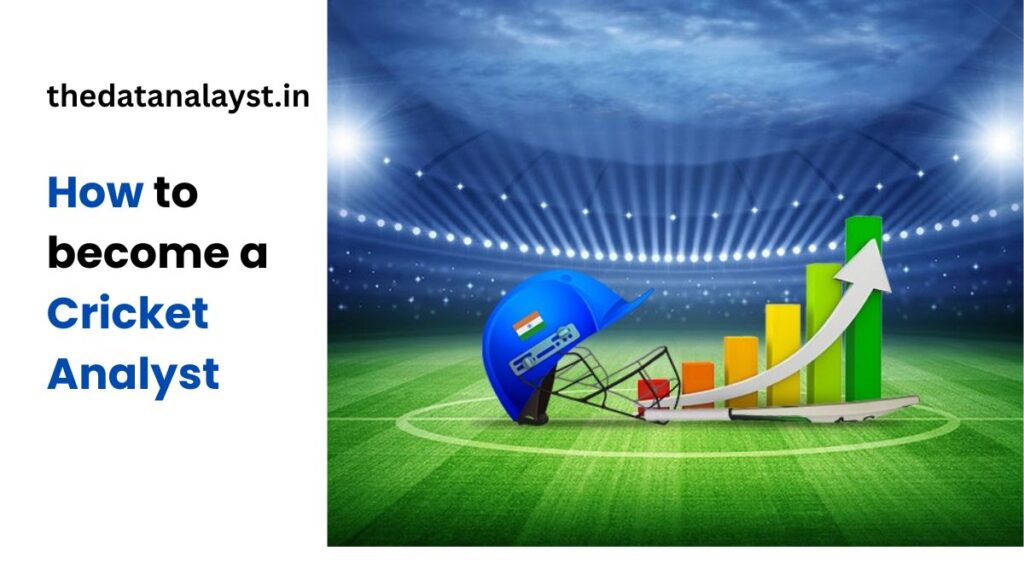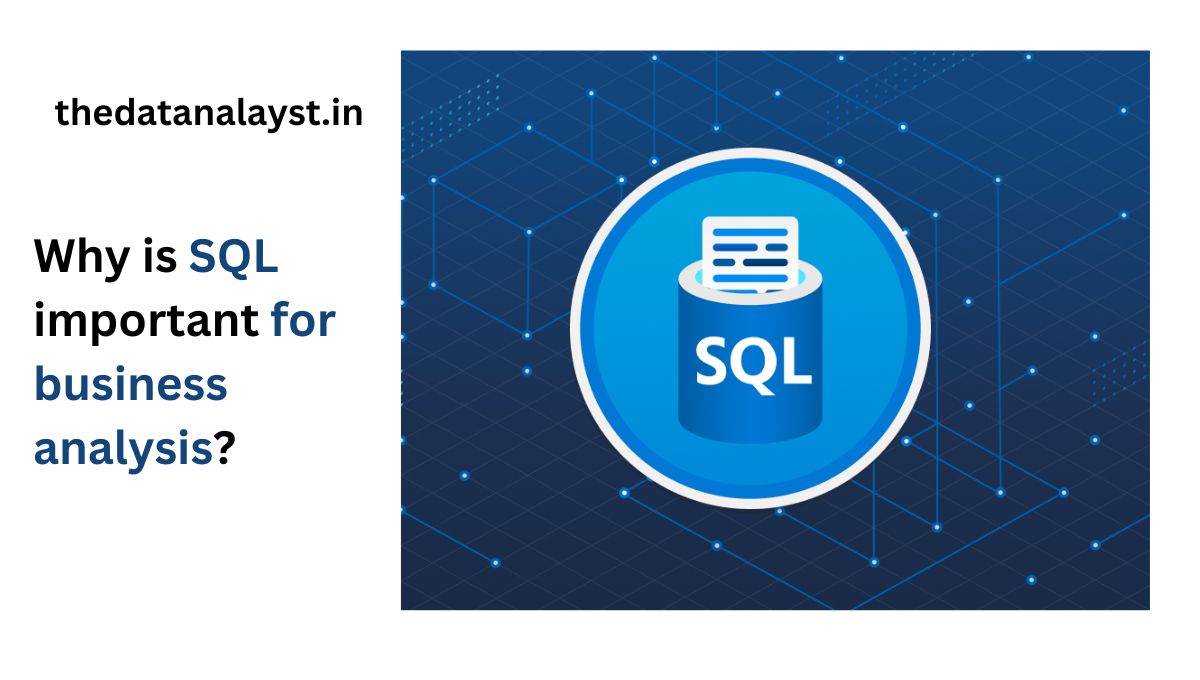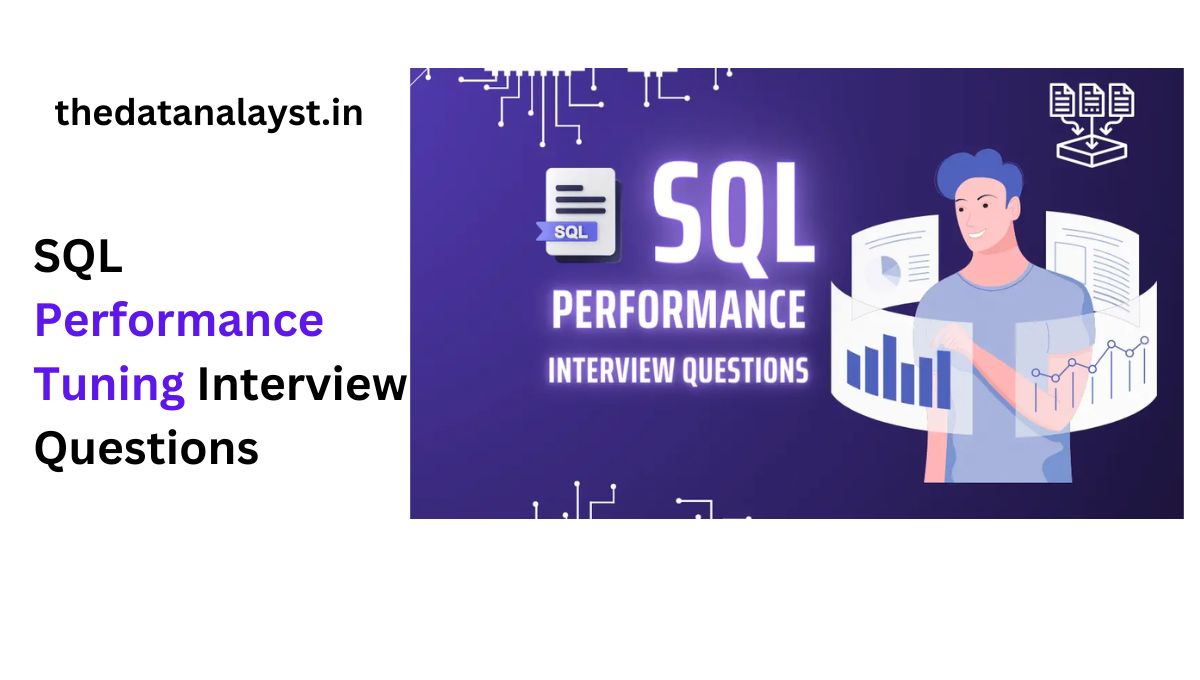Becoming a cricket analyst is a dream for many cricket enthusiasts. It’s a rewarding career that combines your passion for the game with your analytical skills.
In this article, we will understand How to Become a Cricket Analyst , the skills required, and the steps to kickstart your career in this exciting field.

How to Become a Cricket Analyst
So before combining your passion for cricket and your high aspiration for your career and turn it into a cricket analyst job , we shall first understand the role of a cricket analyst.
What does a Cricket Analyst do ?
A cricket analyst is responsible for providing in-depth insights and analysis of cricket matches.
They analyze key metrics like run rates, player averages, strike rates, and bowling speeds, cricket analysts provide valuable insights that influence game tactics and team selection.
Skills Required to Become a Cricket Analyst
To become a cricket analyst you will need to combine your love for cricket with analysis and thus here are some skills you shall be good at to make it as a Cricket Analyst.
- Strong Understanding of Cricket – A strong understanding of cricket rules, tactics, and history is essential.
- Data Analysis Skills – Cricket analysis revolves around data. You must be proficient in tools like Microsoft Excel, SQL, and Power BI to manage and interpret large datasets. Additionally, Python or R for statistical analysis can give you an edge.
- Proficiency in Statistical Tools – Statistical models like averages, regression analysis, and probability theory are commonly used to predict performance and outcomes.
- Technical Skills – Proficiency in using statistical software and video analysis tools.
- Communication Skills – Cricket analysts often work with coaches, broadcasters, or even fans, so being able to present complex data in simple, digestible formats is crucial.
Step-by-Step Guide to Becoming a Cricket Analyst
Here is a step by step guide to turn your dream into reality as cricket analyst.
1. Start with a Degree in Data Science or Sports Analytics
Having a formal education in data science, sports analytics, or a related field will lay the groundwork for your career. Many universities now offer sports analytics as part of their curriculum, combining elements of data analysis, statistics, and sports management.
2. Learn Cricket-Specific Data Tools
Familiarize yourself with cricket-specific tools like:
- Hawk-Eye: Hawk-eye is used for ball-tracking and player performance analysis.
- PitchVision: Pitchvision provides insights into batting and bowling techniques.
These technologies are widely used by analysts for in-game decision-making and post-match analysis.
3. Gain Practical Experience
Intern with sports teams, cricket boards, or broadcasting companies to get hands-on experience. Working with a team will give you real-world insights into how cricket data is analyzed and applied to improve performance.
4. Develop Coding Skills
Knowledge of Python, SQL, and BI tools will give you an advantage in managing and interpreting large datastets. Python libraries like Pandas and NumPy are particularly useful for analyzing match data and creating predictive models.
5. Start Building a Portfolio
Work on personal projects like analyzing player statistics, creating visualizations, and sharing your findings through blogs, YouTube, or social media. You can create player performance reports, match reviews, or even predict the outcome of upcoming matches. A well-maintained portfolio can showcase your skills to potential employers.
6. Apply for Jobs in Cricket Organizations
Once you’ve gained sufficient skills and experience, look for opportunities with cricket boards, T20 franchises, and media houses. Many of these organizations now have dedicated data analytics departments.
KPI ( Key Performance Indicators ) for Cricket Analysts
Cricket analysts track a wide range of metrics, some of the most common include:
- Batting Strike Rate: Indicates the number of runs scored per 100 balls faced.
- Bowling Economy Rate: Measures how many runs a bowler concedes on average for each over bowled.
- Player Averages: Batting and bowling averages help assess a player’s consistency.
- Win Probability: A predictive model that estimates the likelihood of a team winning based on current game conditions.
Here is project that you can do to have a sense of cricket analytics , although in following project it is more about the analytics on past data but sometimes you also have to find analytics on real time basis. as well.

